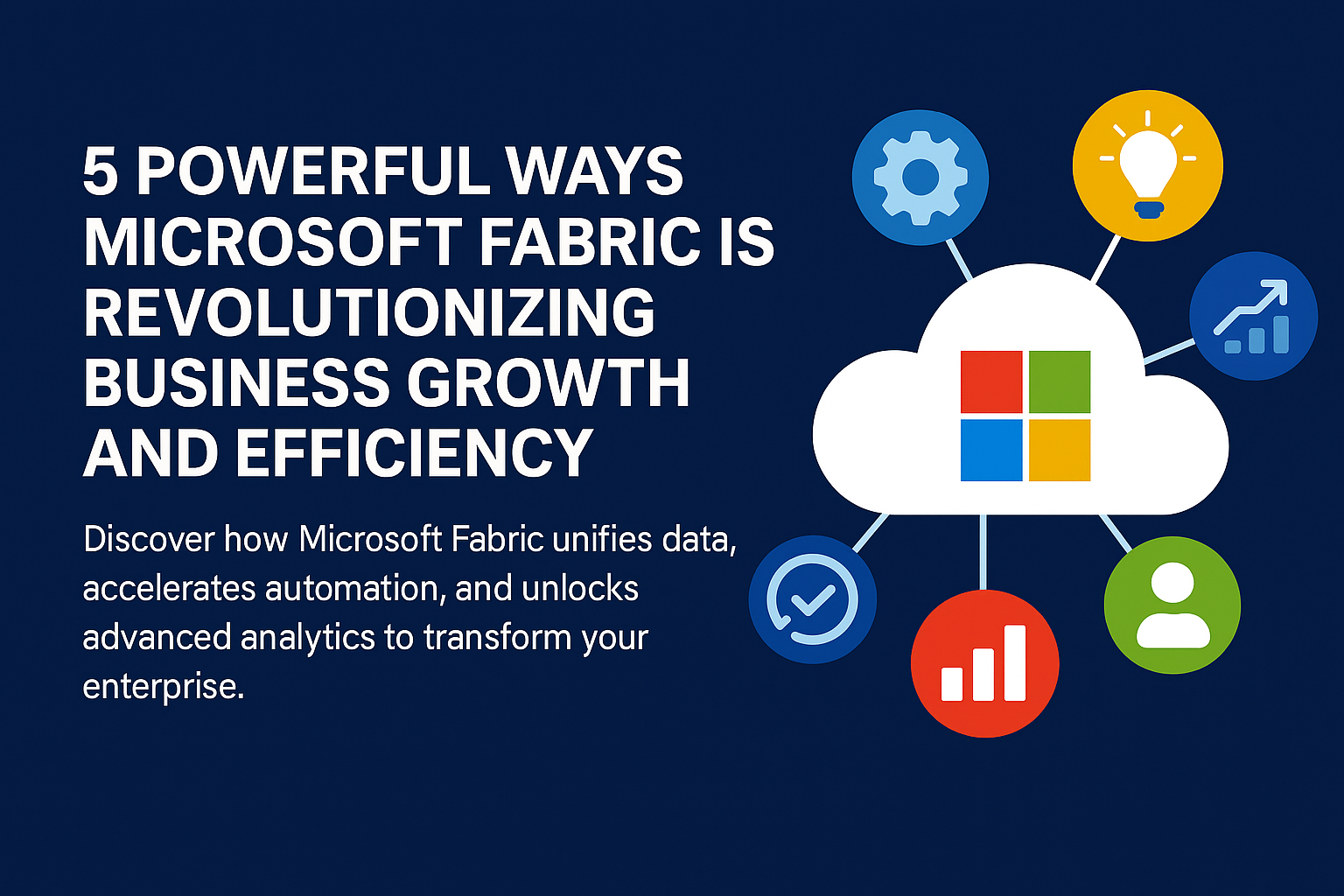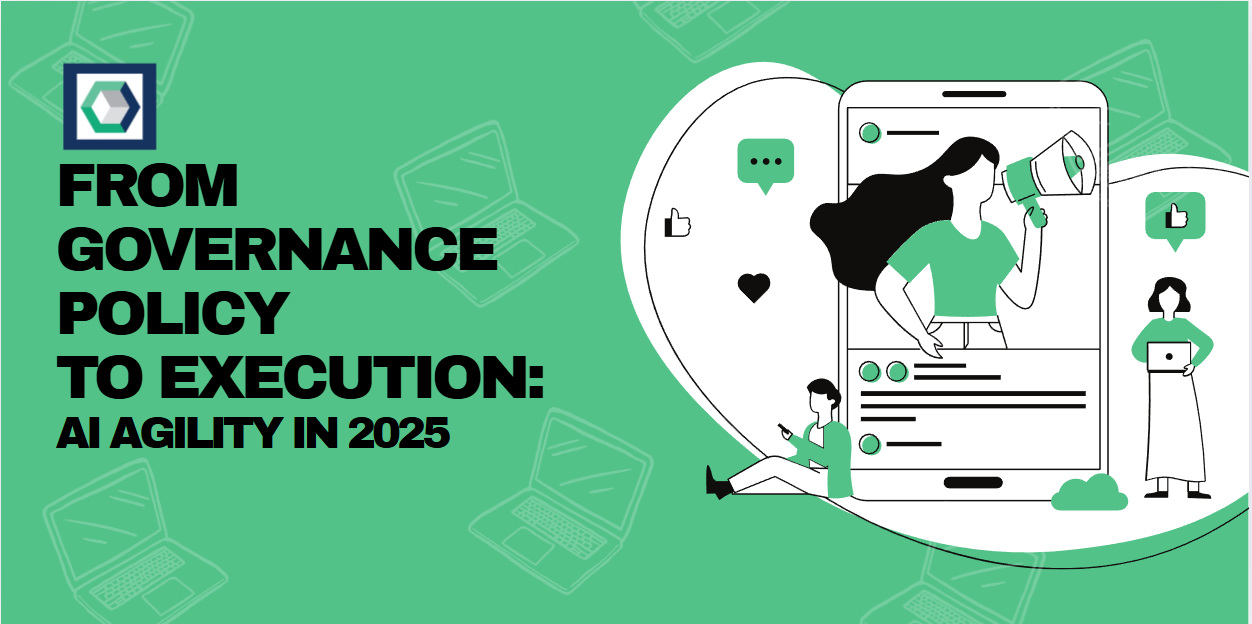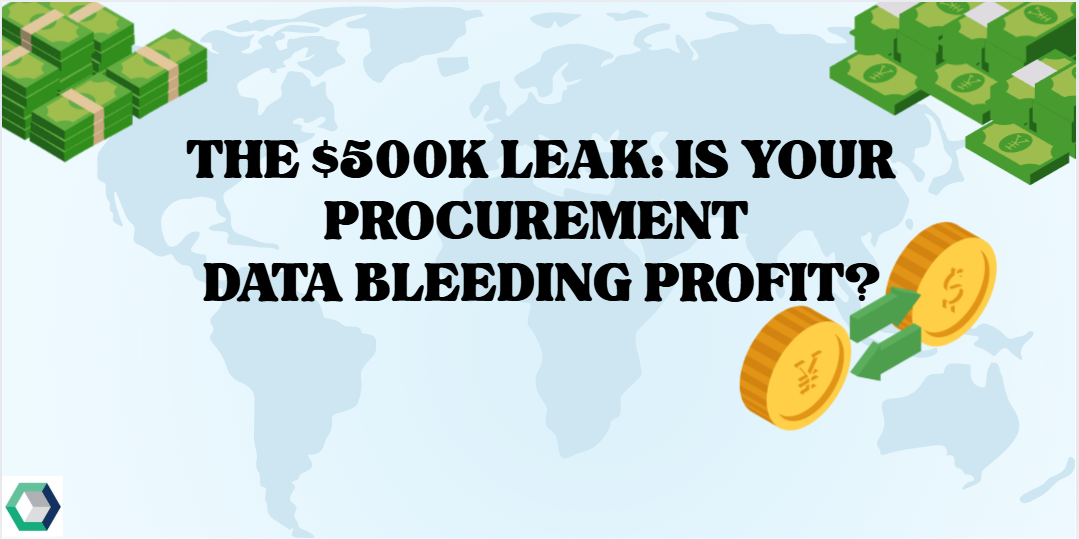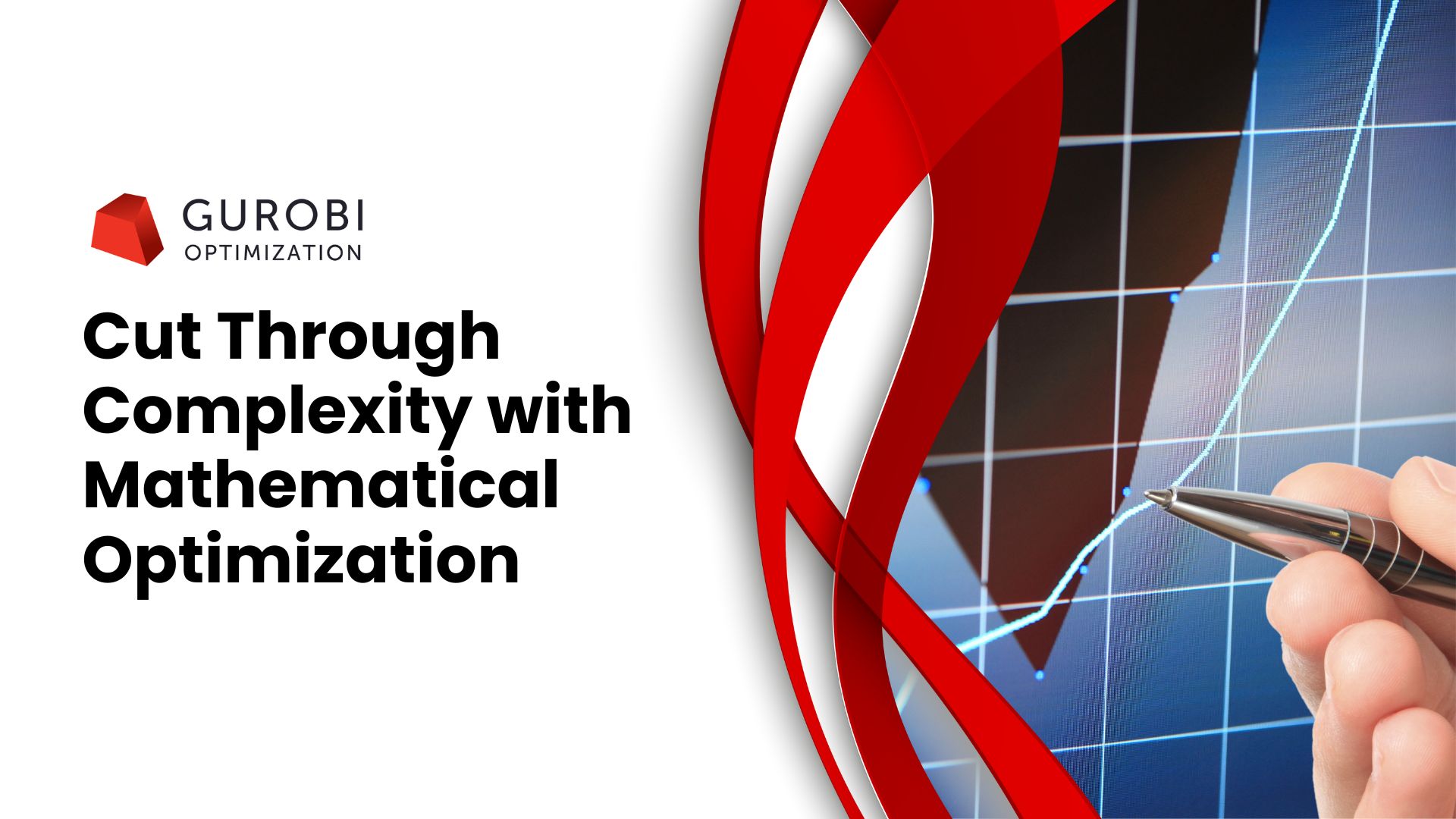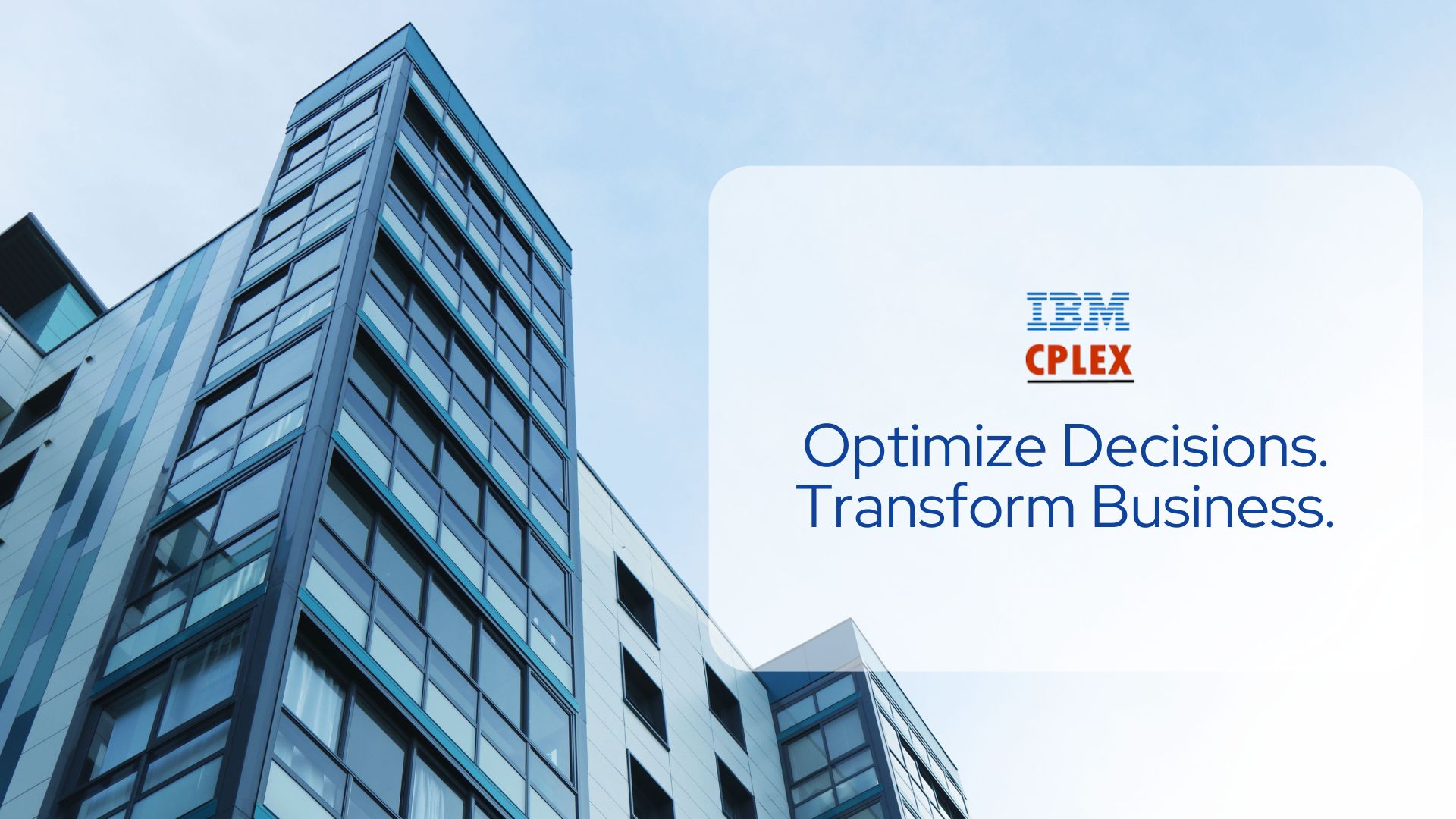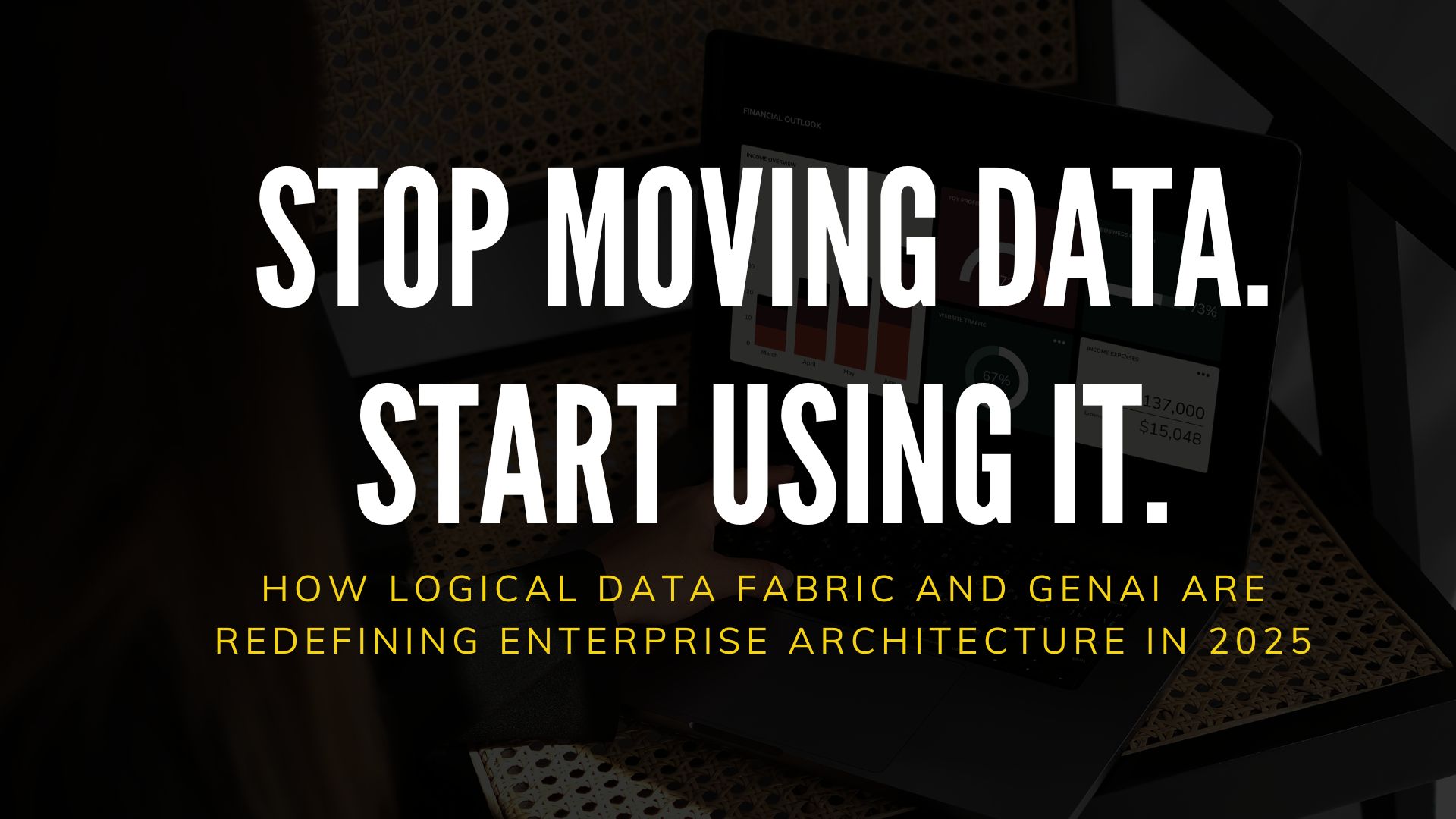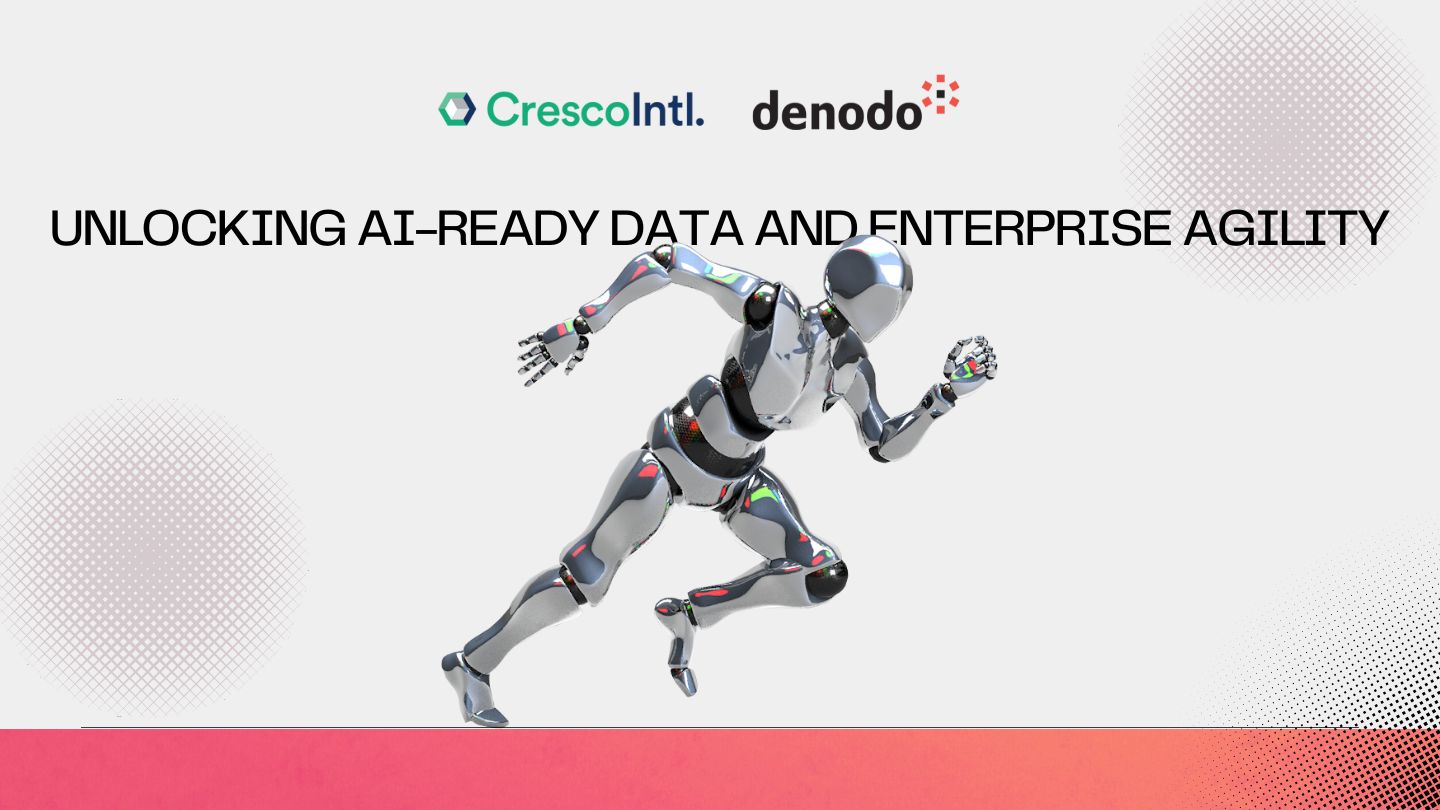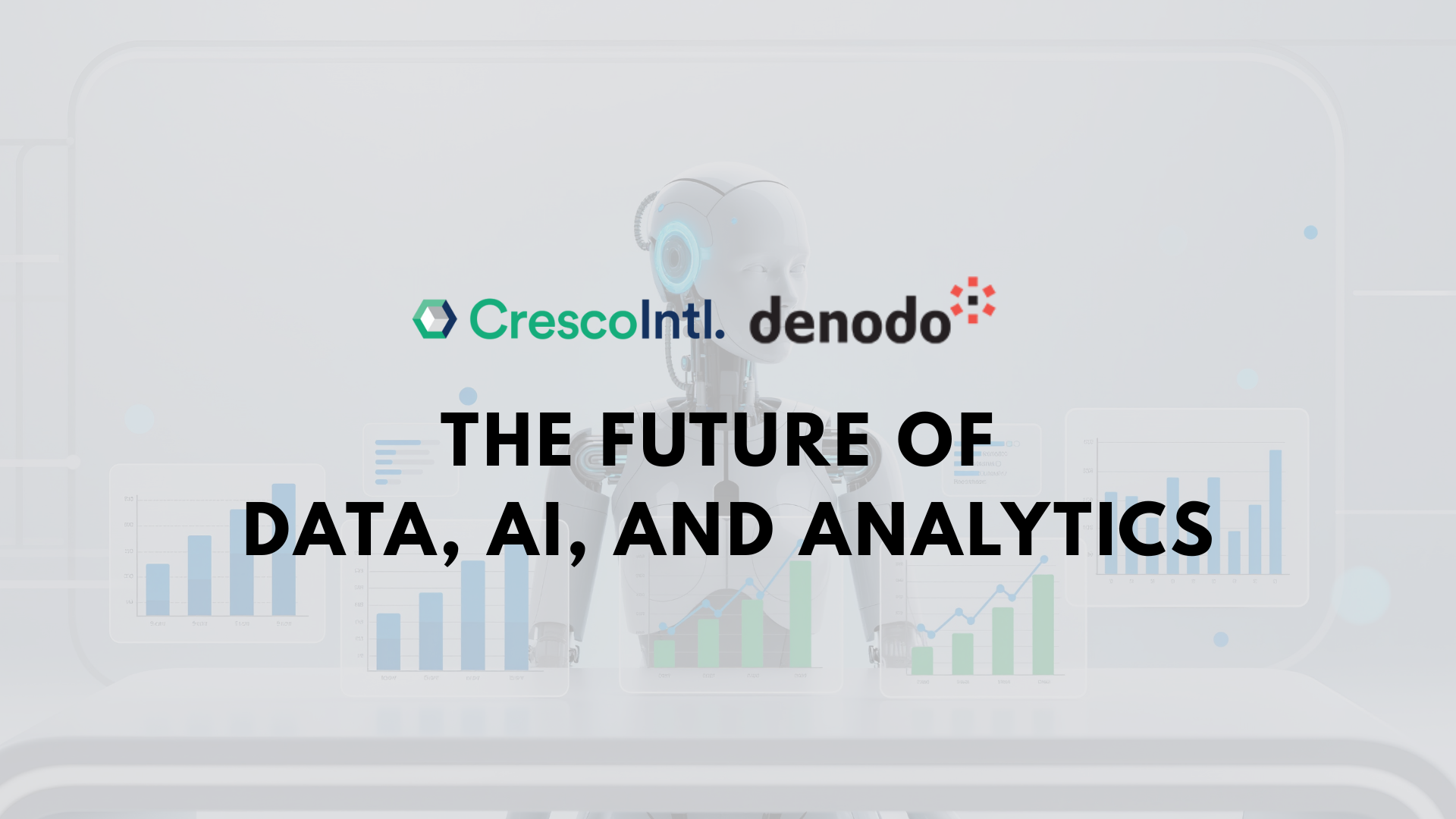From Automation to Advanced Analytics, Driving Faster Growth and Efficiency
Enhanced Executive Summary
Microsoft Fabric stands as an enterprise-ready, end-to-end analytics platform designed to unify the entire data lifecycle. This comprehensive solution integrates data movement, processing, ingestion, transformation, real-time event routing, and report building within a seamless Software as a Service (SaaS) experience. It consolidates existing Microsoft components, such as Power BI, Azure Synapse Analytics, and Azure Data Factory, into a cohesive stack. A central element of Fabric is OneLake, which centralizes data storage and embeds advanced AI capabilities, thereby eliminating the need for manual integration efforts. The fundamental objective of Microsoft Fabric is to simplify data management and analytics, empowering organizations to efficiently convert raw data into actionable intelligence.
Beyond data unification, Microsoft AI Fabric is redefining how businesses approach automation, decision-making, and predictive analytics. By seamlessly combining AI-driven insights with real-time intelligence, it enables organizations to move from reactive reporting to proactive, strategy-focused operations. This future-ready platform ensures scalability, governance, and cost efficiency, all while democratizing AI for employees across departments.
Introduction: The Dawn of Unified Data Intelligence
Setting the Stage: Challenges in Traditional Data Management and Analytics
For many years, organizations have struggled with effectively managing and leveraging their data. Traditional data management and Business Intelligence (BI) infrastructures are often marked by fragmented data sources, reliance on manual processes, and limited scalability. The need to integrate disparate products from multiple vendors frequently leads to complex, fragile, and expensive data ecosystems. This fragmentation results in isolated data silos, widespread data duplication, and inefficient use of computing resources. Such complexity delays the extraction of critical insights, hinders agile decision-making, and prevents businesses from fully realizing the value of their growing data assets.
What is Microsoft Fabric? A Unified, AI-Powered Analytics Platform
Microsoft Fabric emerges as a comprehensive, cloud-native platform designed to address these challenges head-on. It consolidates a wide range of workloads—including Data Engineering, Data Factory, Data Science, Real-Time Intelligence, Data Warehouse, and Power BI—into a single, unified SaaS environment. Built with artificial intelligence at its core, Fabric integrates Azure’s OpenAI service to embed advanced generative AI capabilities, such as Copilot, directly into every data experience. This deep AI integration allows organizations to unlock insights faster, streamline analytics processes, and automate complex workflows.
The Overarching Vision: Simplifying Data, Democratizing Insights, and Accelerating Business Outcomes
The ultimate goal of Microsoft Fabric is to simplify the entire data lifecycle—from ingestion to visualization—while making advanced analytics accessible to all business users, not just data scientists. By providing a consistent, intuitive user experience and centralized governance, Fabric enables organizations to transform vast data repositories into actionable insights. This approach accelerates decision-making, fosters innovation, and ensures organizations remain agile and competitive in a data-driven world.
The Five Powerful Revolutions Driven by Microsoft AI Fabric
| Fabric Component | Core Function | Contribution to Business Value |
|---|---|---|
| OneLake | Unified, AI-ready data lake for all organizational data. | Eliminates silos, reduces duplication, simplifies governance, and establishes a single source of truth. |
| Data Factory | Data movement, ingestion, transformation, and orchestration via pipelines and dataflows. | Automates ETL/ELT processes, connects to 180+ data sources, and ensures data readiness for advanced analytics. |
| Data Science | Building, deploying, and operationalizing machine learning models. | Powers predictive analytics, enriches data with AI-driven insights, and improves collaboration in model development. |
| Real-Time Intelligence | Ingestion, processing, and analysis of streaming data with real-time event routing. | Delivers instant insights from live data, enables proactive decision-making, and triggers automated responses. |
| Data Warehouse | Scalable storage, management, and analysis of structured data. | Acts as a secure, centralized repository for large-scale analytics while supporting complex querying. |
| Power BI | Data visualization, interactive dashboards, and business intelligence. | Turns data into actionable insights through impactful reports and visualizations, accessible to all decision-makers. |
| Copilot / AI Functions | AI-powered assistant for natural language interaction, code generation, and data transformation. | Democratizes AI, speeds up report building, simplifies data preparation, and boosts user productivity. |
Revolutionizing Data Foundation with OneLake: Eliminating Silos and Complexity
OneLake is the cornerstone of Microsoft Fabric, functioning as its built-in, multi-cloud data lake. It acts as a single, unified, and AI-ready source for all organizational data. Much like OneDrive centralizes files in Microsoft 365, OneLake automatically connects all Fabric workloads without requiring upfront provisioning. Its single file-system namespace spans users, regions, and even multiple clouds, enabling seamless collaboration and accessibility.
OneLake supports both structured and unstructured data, storing raw data in a "bronze layer" before transformation. Built on Azure Data Lake Storage (ADLS) Gen2, it ensures an open ecosystem compatible with existing ADLS Gen2 applications. Features such as “mirroring” and “shortcuts” allow organizations to access external data across clouds or databases without physically duplicating it, ensuring a single authoritative copy while reducing storage costs and complexity.
The Power of Data Gravity
By centralizing all data within OneLake and integrating it across the Microsoft ecosystem, Fabric creates “data gravity”—the more data and workloads are brought in, the more valuable and efficient the platform becomes. This positive feedback loop accelerates data ingestion, simplifies analytics, and fuels the development of AI-powered applications.
Impact on Growth and Efficiency
- Reduced Data Movement and Duplication: A single logical data lake minimizes data copies and transfers, lowering egress costs, accelerating processing, and improving consistency.
- Simplified Data Governance and Quality: OneLake automatically enforces governance, leveraging Microsoft Purview for centralized administration, data lineage, and compliance.
- Enhanced Accessibility Across Workloads: All Fabric engines can access shared datasets without complex integrations, accelerating the journey from raw data to actionable insights.
Real-World Impact
Global Investment Firm: Consolidated fragmented cloud and on-premises data into OneLake, achieving a 50% reduction in cloud costs, 35% reduction in manpower, and improved data integrity for better decision-making.
Accelerating Automation and Streamlining Workflows
Microsoft Fabric elevates business automation through its integrated services, particularly Data Factory, Data Activator, and intelligent data pipelines. Data Factory simplifies data ingestion and transformation with a low-code interface and over 180+ connectors. Data Activator adds event-driven automation, monitoring live data streams with sub-second latency and triggering predefined actions when patterns or thresholds are detected.
From Reactive to Proactive Automation
This automation suite marks a shift from traditional batch processing to proactive, intelligent automation. With Data Activator, businesses can respond instantly to real-time events, rather than relying on scheduled updates. This “hyper-automation” approach is especially transformative in industries that demand immediate responsiveness.
Impact on Growth and Efficiency
- Automating Repetitive Tasks: Eliminates time-consuming manual processes, freeing employees for high-value work and increasing overall productivity.
- Enabling Real-Time, Event-Driven Responses: Operations shift from reactive to proactive, ensuring agility in fast-changing markets.
- Faster Data Readiness and Operational Efficiency: Data pipelines ensure rapid data preparation for analytics and decision-making, reducing costs in areas like inventory management.
Real-World Examples
EchoStar Hughes: Leveraged Azure AI Foundry (integrated with Fabric) to automate sales call auditing and field services, saving 35,000 work hours and boosting productivity by 25%.
Unlocking Advanced Analytics and Predictive Insights at Scale
Microsoft Fabric equips businesses with end-to-end tools for advanced analytics, machine learning, and real-time intelligence, enabling a shift from descriptive reporting to predictive and prescriptive insights. The Data Science experience allows organizations to build, deploy, and operationalize machine learning models at scale, with seamless integration into Azure Machine Learning. Fabric’s built-in AI functions bring powerful capabilities such as text summarization, sentiment analysis, and classification—all accessible with a single line of code.
The AI-Embedded Advantage
Fabric eliminates the complexity of AI adoption by embedding generative AI capabilities directly into the platform. There is no need for standalone AI projects, complex infrastructure, or specialized expertise—AI is now native, accessible, and scalable.
Impact on Growth and Efficiency
- Shifting from Descriptive to Predictive Intelligence: Enables predictive modeling, allowing analysts to forecast trends and integrate AI-driven insights into BI dashboards.
- Real-Time Decision-Making: Live data streams provide instant anomaly detection, marketing optimization, and operational risk management.
- Personalized Experiences & Product Targeting: Facilitates AI-powered recommendation engines, increasing sales and fostering loyalty through tailored offers.
Real-World Examples
One NZ: Adopted Microsoft Fabric Real-Time Analytics to give 1,000 users instant, tailored access to customer data, cutting response times in half. Reports now refresh every 10 seconds—6x faster than before.
Fostering Enhanced Collaboration and Data Democratization
Microsoft Fabric is designed to break down data silos and democratize analytics, ensuring that every individual in an organization can engage with data meaningfully. Through its unified SaaS environment, Fabric centralizes all analytics tools and makes them as intuitive as everyday productivity platforms like Microsoft 365. A key enabler of this democratization is Power BI, which allows users to connect to multiple data sources, visualize insights, and share interactive reports with ease. Integrated Copilot functionality transforms this experience further by enabling users to create reports, explore data, and summarize trends using natural language prompts.
Consumerization of Enterprise Data
Fabric represents a “consumerization” of data analytics, making sophisticated data tasks as easy and accessible as using common office tools. Sales teams can self-generate performance dashboards, marketing can evaluate campaign success instantly, and HR can analyze workforce trends—all without needing constant involvement from data scientists or IT teams.
Impact on Growth and Efficiency
- Empowering Non-Technical Users: Copilot and natural language queries enable business users to generate insights and build dataflows independently.
- Breaking Down Departmental Barriers: OneLake and Fabric’s unified environment eliminate silos, enabling real-time collaboration across teams.
- Faster Insight Generation: Intuitive interfaces and centralized data cut analysis time, enabling faster, data-backed decisions.
Real-World Examples
Bank CenterCredit: Adopted Fabric and Power BI, saving 800 hours per month and boosting decision-making speed by 50% with automated reports.
Driving Significant Cost Reduction and Resource Efficiency
Microsoft Fabric is purpose-built to deliver substantial reductions in operational costs and maximize resource efficiency through its unified platform, serverless architecture, and innovative capacity model. By unifying data storage, governance, and processing within a single SaaS platform, Fabric eliminates the need for multiple, siloed systems, reducing the licensing, maintenance, and integration costs associated with traditional data architectures.
Transforming IT Budget Allocation
Fabric’s unified capacity model changes the way businesses manage data spending. Instead of juggling disparate tools for ingestion, warehousing, BI, and machine learning, organizations invest in one optimized platform. This streamlined investment reduces operational complexity, eliminates redundant tool costs, and allows IT teams to focus on high-value initiatives.
Impact on Growth and Efficiency
- Optimized Resource Utilization: Fabric’s unified capacity allows unused compute power to be repurposed across workloads, avoiding waste and reducing costs.
- Lower Total Cost of Ownership (TCO): By consolidating data services under a single SaaS model, Fabric reduces infrastructure sprawl and tooling overlap, driving significant savings.
- Reduced Infrastructure Overhead: Serverless architecture removes the need for managing servers or scaling infrastructure, freeing IT staff to focus on strategic tasks.
Real-World Examples
A global investment firm cut cloud costs by 50% and reduced manpower needs by 35% after consolidating their systems with Fabric.
Conclusion: The Future of Business with Microsoft AI Fabric
Microsoft Fabric is more than just a collection of data tools—it’s a unified, AI-powered platform that redefines enterprise analytics. By combining OneLake’s AI-ready foundation, hyper-automation through Data Factory and Data Activator, and cutting-edge predictive analytics with Data Science and Real-Time Intelligence, Fabric enables businesses to move faster, work smarter, and innovate at scale.
Its deep integration with Microsoft 365 and Copilot democratizes data, ensuring that every user—technical or not—can harness data for smarter decision-making. By consolidating infrastructure, Fabric delivers massive cost savings while optimizing resource utilization and eliminating inefficiencies that plague legacy systems.
For businesses, adopting Microsoft Fabric means embracing a future-ready data architecture that is scalable, flexible, and governed by design. It empowers organizations to transition from reactive, siloed practices to proactive, AI-driven intelligence. This translates into faster time-to-insight, improved customer experiences, and a measurable competitive advantage.
Microsoft Fabric is not just a tool for data—it is a strategic enabler for the AI era. Organizations that leverage its unified architecture and AI-first design will be positioned to transform raw data into actionable intelligence more rapidly, securely, and cost-effectively than ever before. The result is sustained growth, accelerated innovation, and future-proof operations in an increasingly data-driven world.

